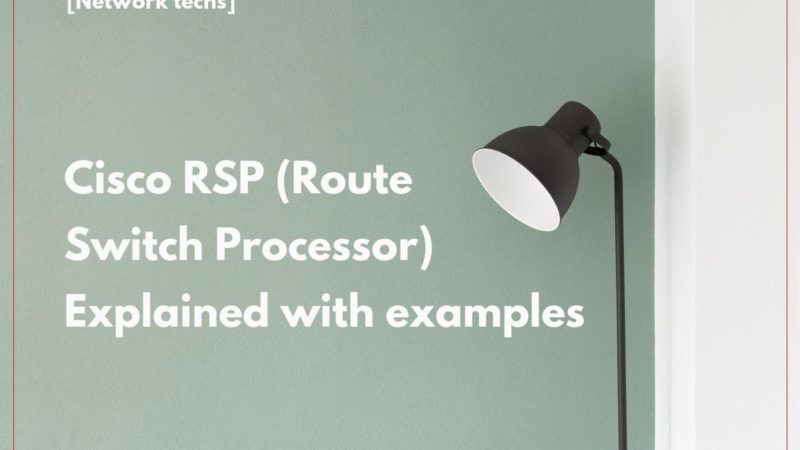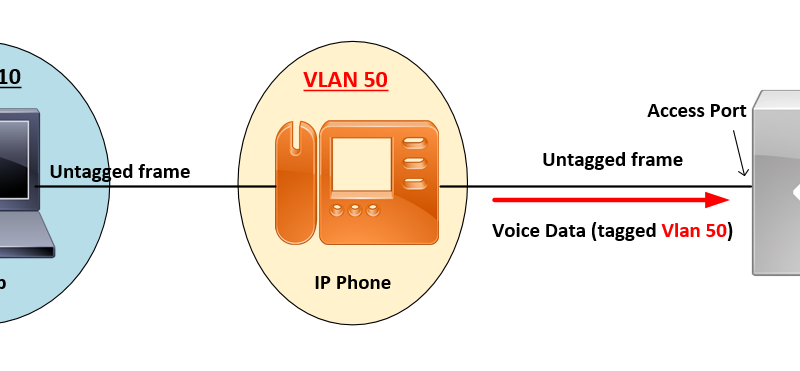Fiber Channel Buffer to Buffer credit explained & Configuration

- Why do we need B-B Credit:
To prevent frame loss due to a lack of frame buffers. Fibre Channel Buffer to Buffer flow control is implemented on every link (between FC switch and hosts, between FC switches …)
- How it works:
- During link initialization, the number of buffer credits allocated for each device is established.
- During fabric login (FLOGI), each side of the link tells the other side of the link how many buffer credits it has.
- After receiving information on the number of credits available on the remote peer, the local device initializes its transmit credit count (BBC_TRC) to that number. The BBC_TRC represents the number of frames that the port can transmit without overrunning its peer’s buffer When the device transmits a frame, it decrements the BBC_TRC count by one.
- The remote port sends a Receiver Ready (R_RDY) back to the local device once it has received a frame and processed it. (freeing up the buffer)
- The local device increments its transmit credit count by one when it receives the R_RDY (Replay Ready) signal. If the transmit credit count reaches zero, the port cannot transmit and must wait until it receives an R_RDY to replenish its BBC_TRC.
- FC Buffer to Buffer Mechanism step by step:
The step below occurs on both sides (in both directions).
Each port (of the list between the host or FC switch) have a B-B credit count assigned to it from its peer and if the B-B credit is equal to 0, the next frame will wait in a queue, until the peer send and R_READY and that will increment the B-B Buffer again.
Step-1- A frame is ready to be transmitted to the receiving port, and B-B credit is available:

Step-2- The frame is transmitted, and the credit count of the transmitting port is decremented. The next frame is waiting in queue for a credit from the receiving port before it can be transmitted.

Step-3- The frame is received:

Step-4- The frame is processed:

Step-5- Receiver Ready (R_RDY) is returned:

Step-6- The credit count is incremented (reset the B-B Credit count), and the next frame can be transmitted:

Step-7-The frame is transmitted, and the credit count of the transmitting port is decremented. The next frame is waiting in queue for a credit from the receiving port before it can be transmitted.

- B-B Credit configuration Cisco switches:
Buffer-to-buffer credits (BB_credits) are a flow-control mechanism to ensure that Fibre Channel switches do not run out of buffers so that switches do not drop frames. Buffer-to-buffer credits are negotiated on a per-hop basis.
The receive buffer-to-buffer credit (fcrxbbcredit) value may be configured for each Fibre Channel interface. In most cases, you do not need to modify the default configuration.
The receive buffer-to-buffer credit values depend on the module type and the port mode.
* Configuration on Cisco MDS switches:
| Step 1 | – Enter configuration mode: switch# configure terminal |
| Step 2 | – Select a Fibre Channel interface and enter interface configuration submode: switch(config)# interface fc slot/port |
| Step 3 | – Set the buffer-to-buffer credits as a single pool on an interface: switch(config-if)# switchport fcrxbbcredit credits mode {E | Fx }(Optional) – Reset the buffer-to-buffer credits on the interface to the default value: switch(config-if)# switchport fcrxbbcredit default |
- This example shows how to configure 50 receive buffer credits on an interface:
switch# configure terminal
switch(config)# interface fc 1/1
switch(config-if)# switchport fcrxbbcredit 50- If you need to go back to the default B-B Credit value, this example shows how to configure default credits on an interface:
switch# configure terminal
switch(config)# interface fc 1/1
switch(config-if)# switchport fcrxbbcredit default- References:
– Brocade Fabric Congestion Troubleshooting Guide (Fabric-Con-Trbl-UG101): www.broadcom.com.
https://docplayer.net/136208339-Brocade-fabric-congestion-troubleshooting-guide.html
– Cisco MDS 9000 Series NX-OS Interfaces Configuration guide: cisco.com/c/en/us/td/docs/switches/datacenter/mds9000/sw/7_3/configuration/interfaces/cisco_mds9000_interfaces_config_guide_7x/configuring_interface_buffers.html



![OSPF DR and BDR Election Explained [with Configuration]](https://learnduty.com/wp-content/uploads/2022/03/image-33.png?v=1647900046)
![OSPF Neighbor Adjacency Requirements [With Configuration]](https://learnduty.com/wp-content/uploads/2022/03/image-23-418x450.png?v=1647900064)
![OSPF Neighbor States Explained [Step by Step]](https://learnduty.com/wp-content/uploads/2022/03/image-13.png?v=1647900076)
![OSPF Area Types Explained and Configuration [Demystified]](https://learnduty.com/wp-content/uploads/2022/03/image-8.png?v=1647900083)